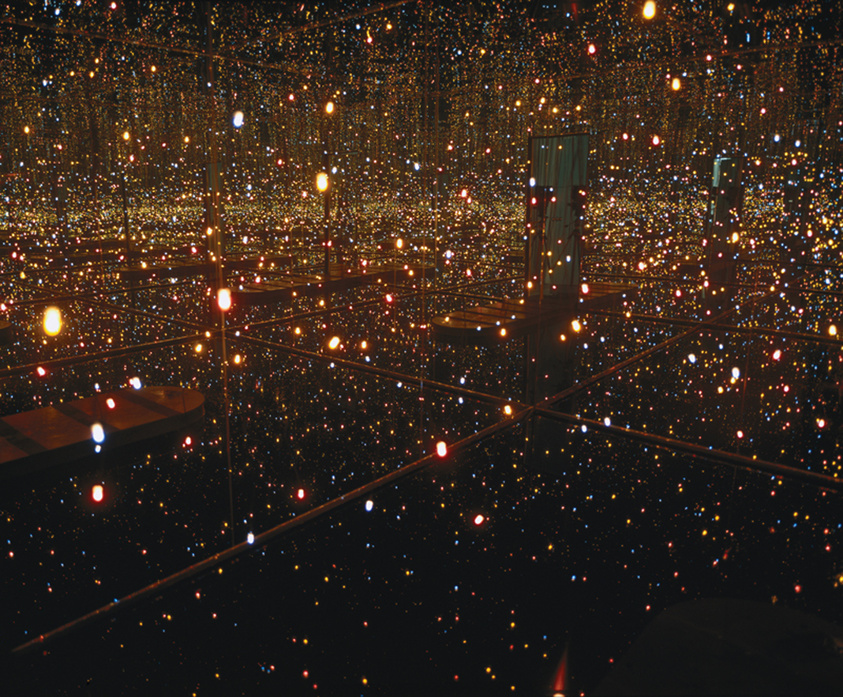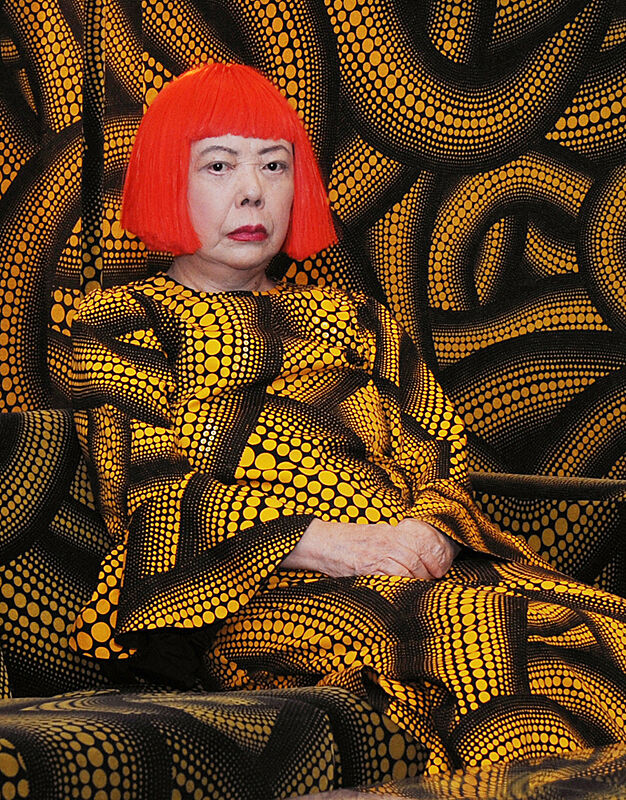Yayoi Kusama’s early works on paper
July 11, 2012
0:00
Yayoi Kusama’s early works on paper
0:00
Narrator: During the early 1950s, Kusama made hundreds of works on paper—lyrical, ambitious experiments far removed from the Japanese realistic tradition. Many of the works are distinctively patterned: the dots for which Kusama is best known begin here. The images are basically abstract, but filled with details suggesting life. As you look around this gallery you’ll find eggs, seeds, trees, the cilia of microscopic organisms, and sperm-like forms. These kinds of subjects—all growing, transforming, and proliferating—are central to Kusama’s work.
Kusama’s output was tremendous—and so was her will to be known. The exhibitions of the works in this gallery were very well received. But as she made them, she felt constrained by life in Japan.
She later wrote:
“For art like mine—art that does battle at the border of life and death, questioning what we are and what it means to live and die—[Japan] was too small, too servile, too feudalistic, and too scornful of women. My art needed a more unlimited freedom, a wider world.”
Kusama had her sights set on New York. With no introduction, she sent her work to the American painter Georgia O’Keeffe—and was shocked when the famous artist replied. O’Keeffe—another painter of flowers—responded to Kusama’s work positively. But she also warned that the life of an artist was very difficult in the United States. Kusama came anyway, arriving in New York—via Seattle—in 1958.
In Yayoi Kusama.


